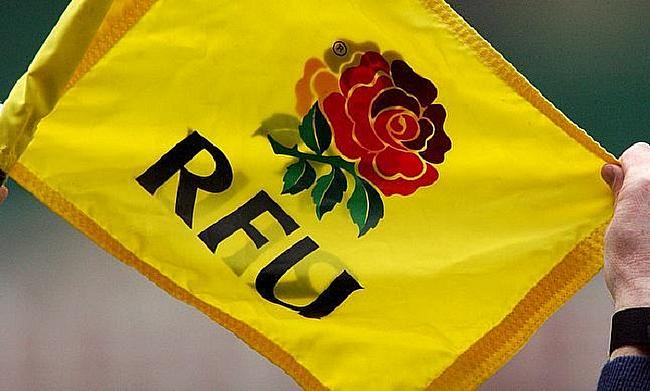RFU Council approves lowering of the tackle height from National One and below
The RFU Council agreed on Monday 16th January to lower the height of the tackle across the community game from 1 July 2023 meaning the changes will apply to National One and below.
In a statement, the RFU commented: “Designed to improve player safety and informed by data, this change aims to reduce head impact exposure and concussion risk in the tackle for both the ball carrier and tackler. Evidence from studies has consistently demonstrated that higher contact on the ball carrier and closer proximity of the ball carrier and tacklers’ heads are associated with larger head impacts (as measured by smart mouthguards) and an increased risk of concussion.
“Lowering the height of the tackle and encouraging the tackler to bend more at the waist will minimise the risk of this occurring while maintaining the tackle as an integral part of the game.”
The RFU Council’s unanimous vote will result in law variations from next season, 2023/24, with the tackle height being set at waist height or below.
Ball carriers will also be encouraged to follow the principle of evasion, which is a mainstay of the game, to avoid late dipping and thereby avoid creating a situation where a bent tackler may be put at increased risk of head-on-head contact with the ball carrier through a late or sudden change in body height of the ball carrier.
Programmes to support players, coaches and match officials, including detailed law application guidelines are being developed by the RFU to ensure players, match officials and volunteers will be ready for next season.
What to expect (as outlined by the RFU)
Reduced tackle height for all community rugby:
- Tackles must be made at the line of the waist and below.
- The aim is to put players’ heads in the safest possible place by defining in law where the line of the tackle may start.
A greater focus on the actions of the ball carrier:
- Ball carriers will be encouraged to follow the principle that rugby is a game of evasion, and they should avoid late dipping and thereby avoid creating a situation where a bent tackler may be put at increased risk of head-on-head contact with the ball carrier through a late or sudden change in body height of the ball carrier.
- Match officials will focus on the actions of the ball carrier as well as the tackler when head contact occurs.
Further background to the change for next season
Further comments by the RFU: “Player welfare remains at the heart of all decision-making by the RFU. By making the decision now, the RFU Council has demonstrated its continued commitment to player welfare and recognised the importance of giving coaches, match officials and players time to prepare.
“Based on extensive research and evaluations of law changes in England, South Africa, France and New Zealand, evidence demonstrates that a waist height tackle or below is the optimal height to provide a meaningful reduction in the height of contact on the ball carrier, a reduction in the risk of contact with the ball carrier’s head and a reduction in the risk of contact for the tackler’s head. A lower tackle height is also associated with a reduction in the magnitude of head impacts, a key target for reduction.
“France, which introduced similar changes in its domestic game in 2019, reported a 63% reduction in head-on-head contacts. It also reported this move has led to a more fluid game with reduced levels of kicking, increased passing, offloads and line breaks.”

